Description
Story Model
The Royal Enfield Himalayan was conceived by CEO Siddhartha Lal as a dual-purpose motorcycle. The Himalaya differs considerably from the other motorcycles Royal Enfield offers, most of which are multiple incarnations of the Bullet that use the same frame and engine. Pierre Terblanche, formerly of Ducati and Moto Guzzi among other companies, led the Royal Enfield design team during the development of the Himalayas.
A prototype was produced in early 2014, followed by a more complete version in 2015. The vehicle was launched in India in early 2016, followed by a launch in international markets such as the Philippines, Australia and the United Kingdom. The export model differed from the national one in that it included electronic fuel injection and ABS.
Upon its introduction, the Himalaya was praised for its good suspension and off-road ability, while some criticism was directed at the relatively low power output of the engine. The motorcycle also has longer intervals between service and oil changes.
Engine
The Himalaya engine was designed and produced by Royal Enfield from scratch and shares no parts with other contemporaries in the company’s lineup. The engine, named LS410, which indicates its long stroke ratio, is a 411 cc, 4-stroke, oil-cooled, single-cylinder SOHC engine. The engine generates an output power of 24.5 bhp at 6,500 rpm (18.02 KW) and a maximum torque of 32 Nm at 4,000-4,500 rpm. The engine also includes oil cooling, the first among motorcycles made by Royal Enfield India. Fuel is supplied to the engine through the carburetor on the Indian market and through electronic fuel injection for other world markets, probably due to emission regulations. Due to emission standards in India, BS-IV regulation has been applied, now the new Royal Enfield Himalayas. It comes with electronic fuel injection technology in India. The engine is mated to a constant 5-speed transmission.
This engine has a single camshaft, thus departing from the traditional push rod design that had been used by the company since 1955, starting with the original Bullet through to the contemporary Classic series.
Frame and chassis
The Himalayas have a half duplex split crib frame. The suspension is telescopic in the front, while the rear is provided with a monoshock suspension. The front forks measure 41mm with 200mm of travel and the rear suspension offers 180mm of travel. The bike has a ground clearance of 220mm.
The standard tires measure 90/90 21 inches at the front and 120/90 17 inches at the rear. These are manufactured by CEAT. For units sold in North America, the tires are manufactured by Pirelli (MT-60).
The motorcycle has a 300mm disc with a dual-piston floating caliper at the front and a 240mm single-piston caliper disc at the rear.
The instrumentation console for this motorcycle is also revamped. Includes an analog speedometer and tachometer, with a digital odometer display, gear position indicator, trip meter, and engine temperature gauge. An analog fuel gauge and digital compass are also included. A windshield is also included, which can be manually adjusted for height using two-position screws.
The motorcycle was specifically designed with travel in mind, with a seat height of 800mm, allowing the rider to feel relatively low compared to the overall height of the motorcycle. The motorcycle also has supports on both sides of the tank, which can serve as drum holders as well as tank guards. The rear includes a luggage rack, and mounts are also provided to install aluminum panniers, both supplied by Royal Enfield as accessories.
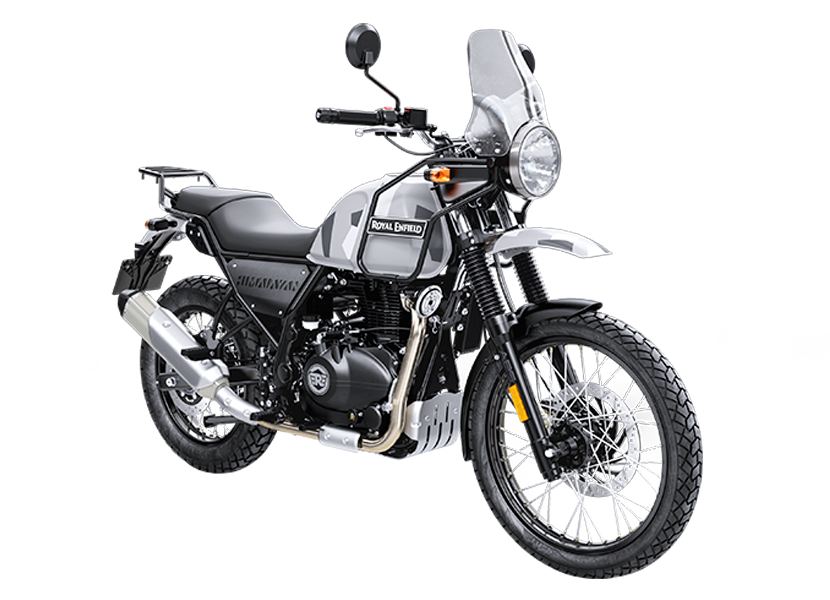
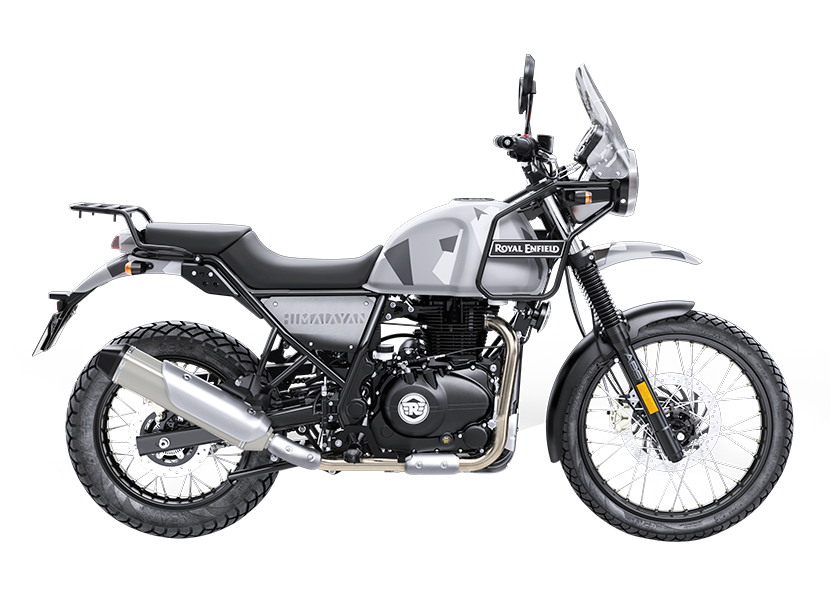
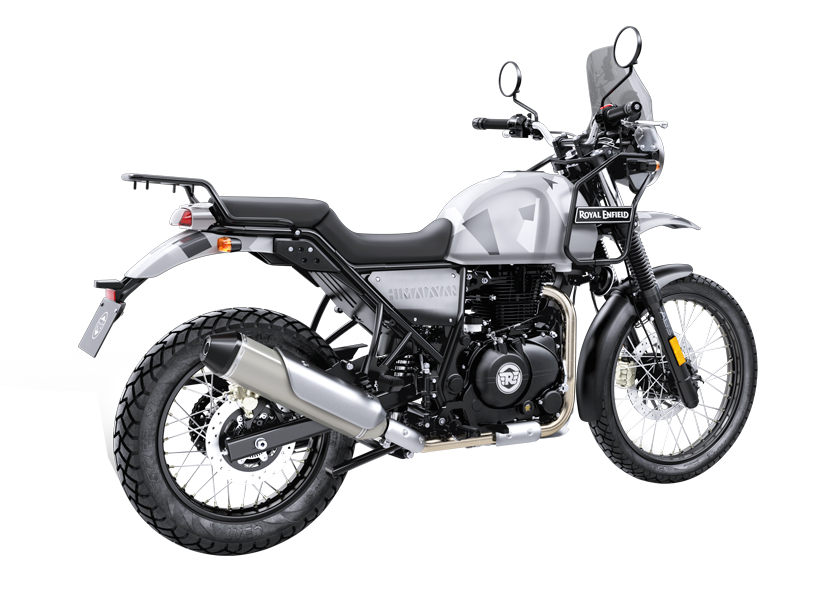
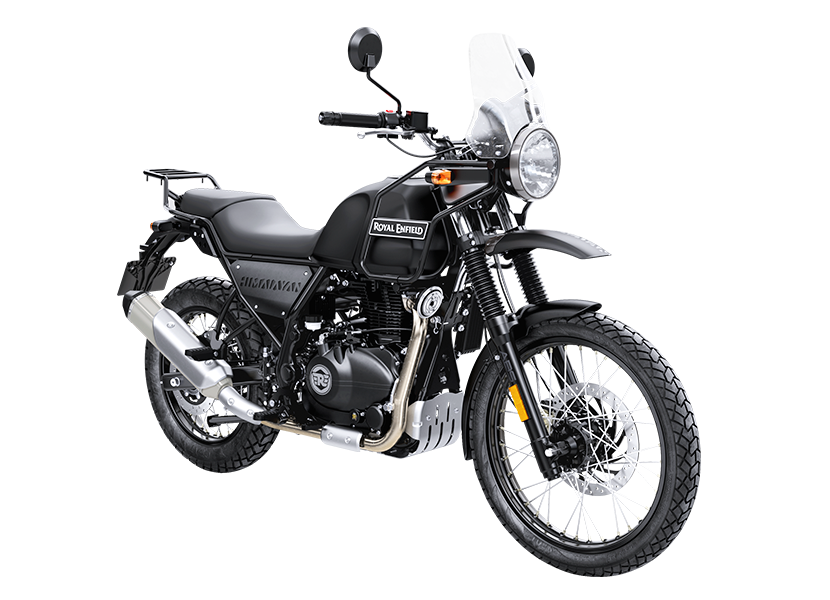
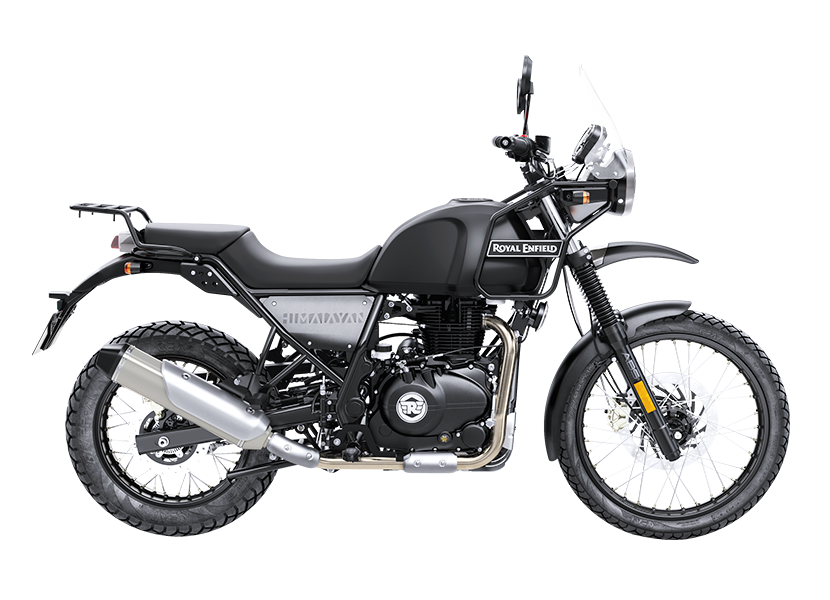
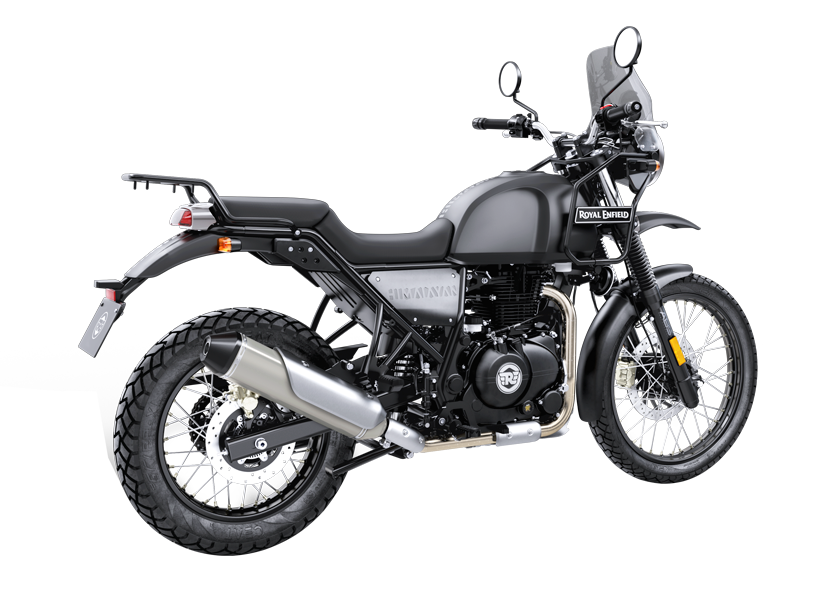
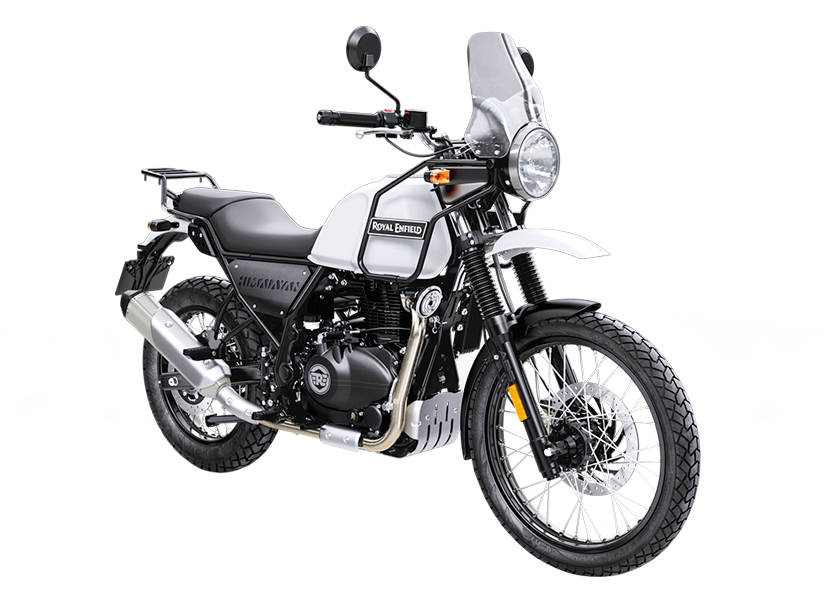
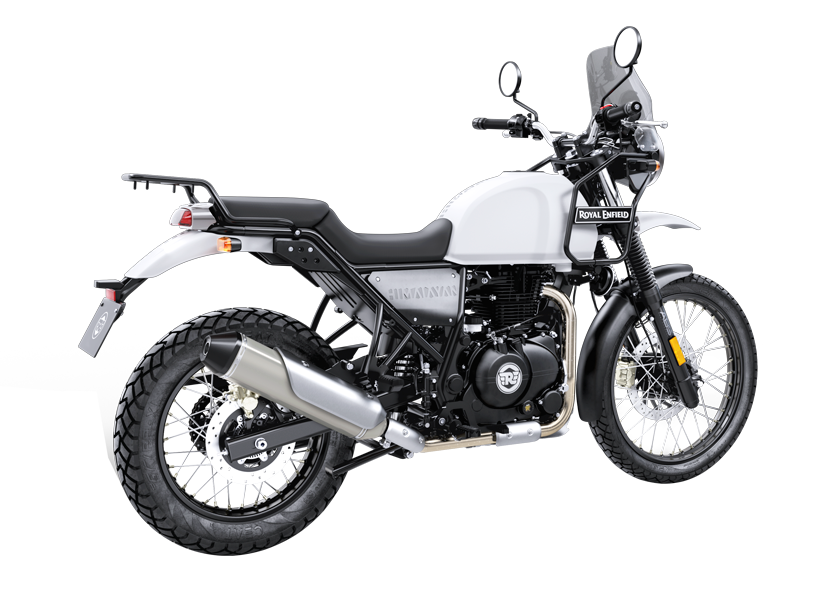
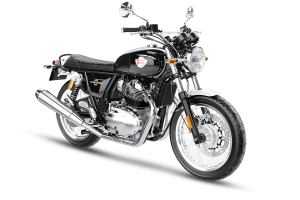

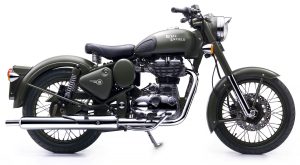





Reviews
There are no reviews yet.